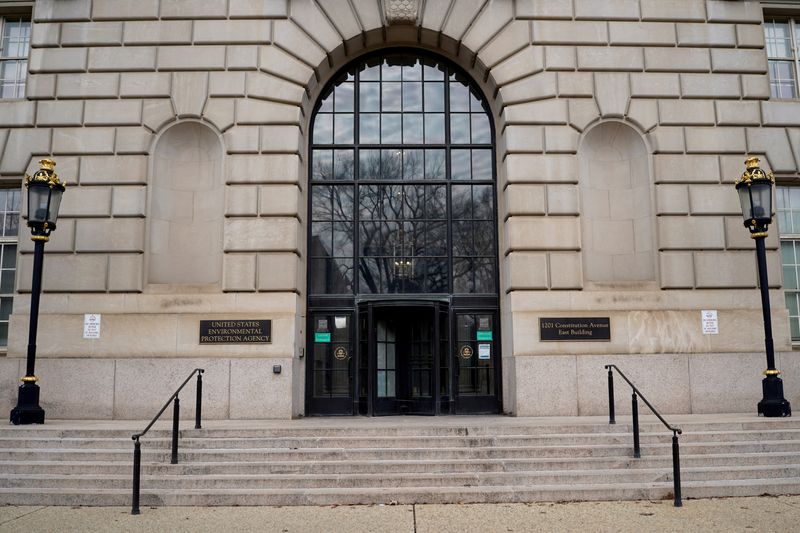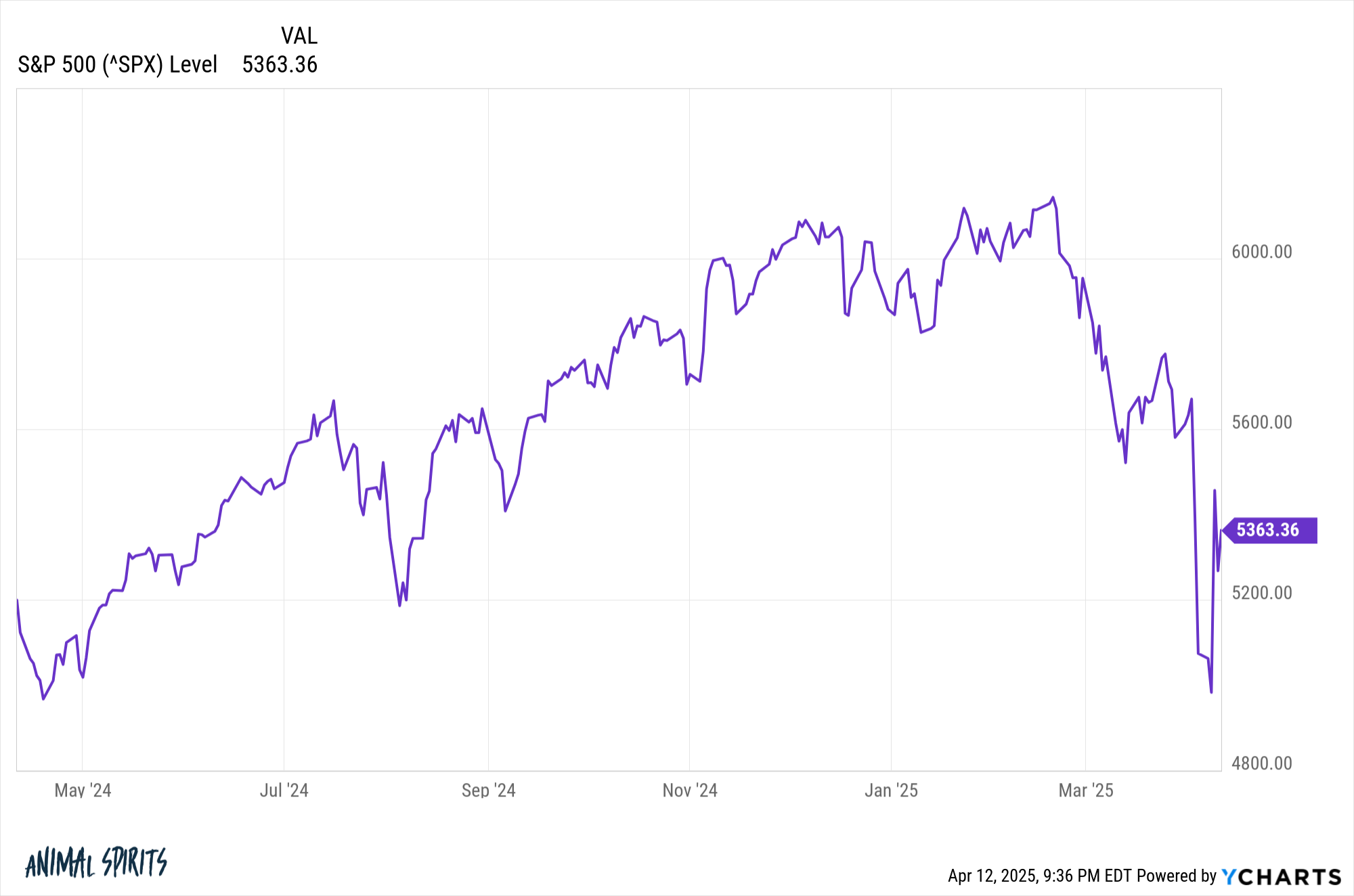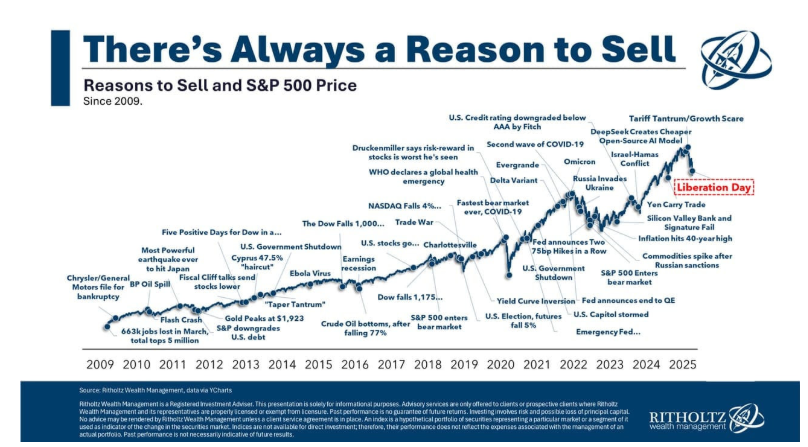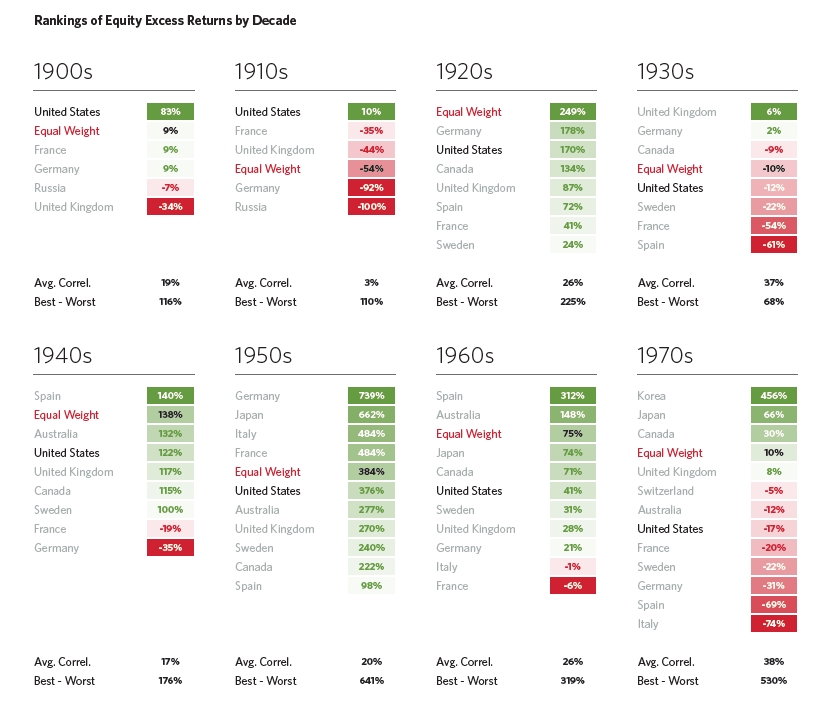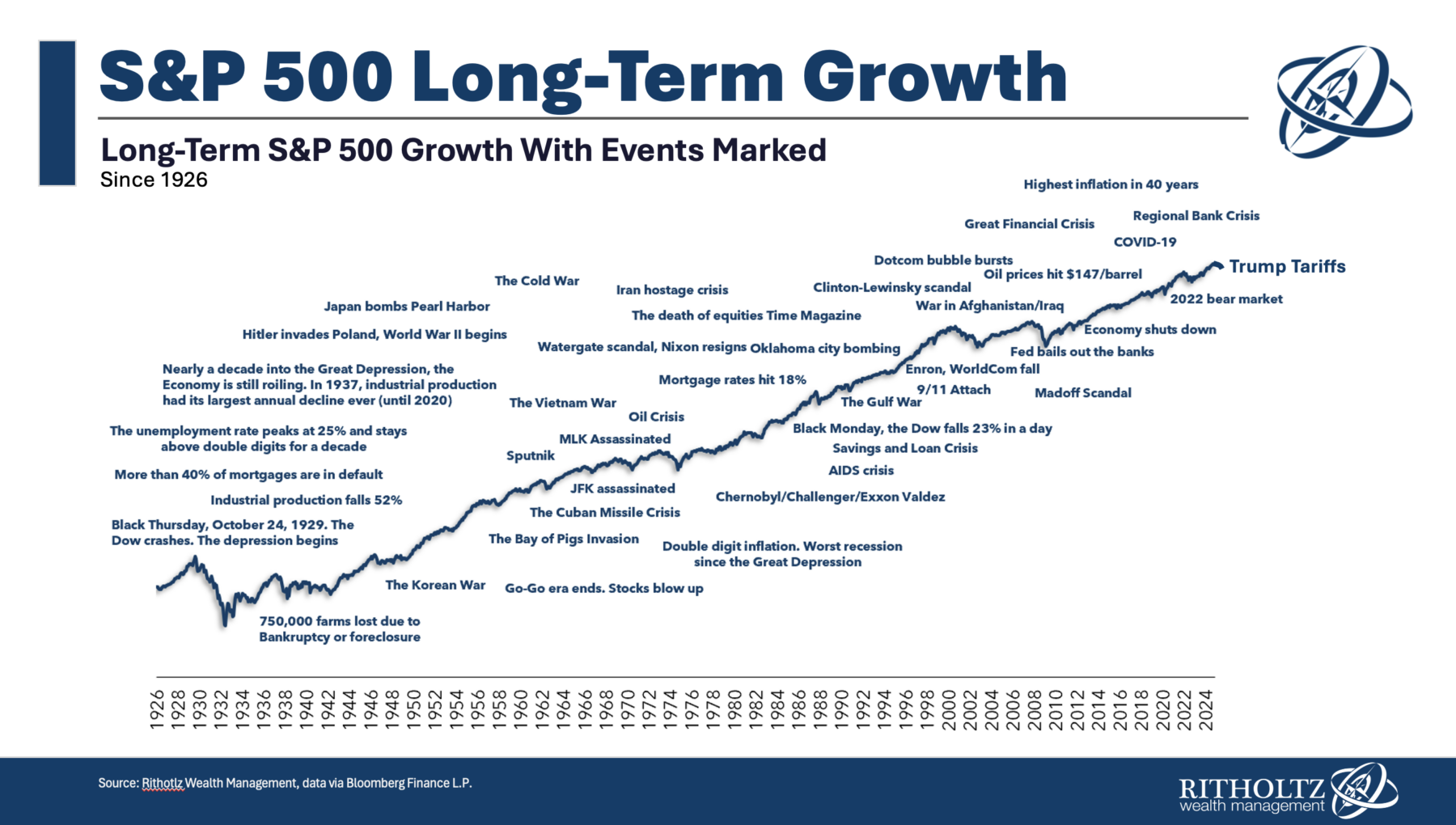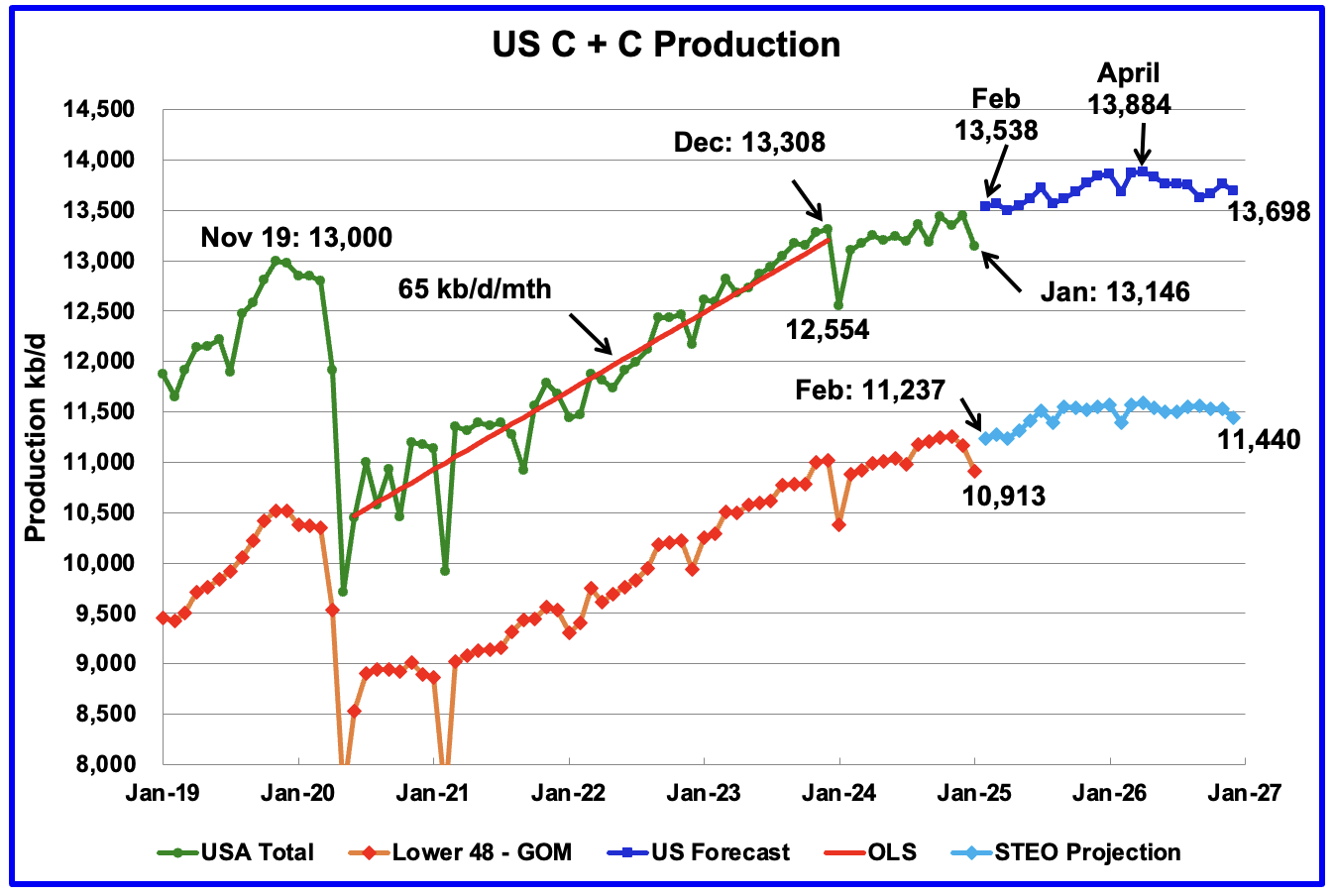20 Facts About Social Security That Every American Over 60 Needs to Know
It goes without saying that Social Security is one of the most critical aspects of the United States federal government. With an estimated 68 million people receiving Social Security benefits in 2024, 1 out of every 5 US residents received some distributed benefit, which could include retired workers, disability, or surviving family members. According to […] The post 20 Facts About Social Security That Every American Over 60 Needs to Know appeared first on 24/7 Wall St..

It goes without saying that Social Security is one of the most critical aspects of the United States federal government. With an estimated 68 million people receiving Social Security benefits in 2024, 1 out of every 5 US residents received some distributed benefit, which could include retired workers, disability, or surviving family members.
One of the most important considerations for anyone over 60 is choosing which age to receive Social Security payments.
Don’t believe reports that Social Security will be defunded by 2035.
There is a definite need to revamp the Social Security structure to secure its future for additional generations.
4 million Americans are set to retire this year. If you want to join them, click here now to see if you’re behind, or ahead. It only takes a minute. (Sponsor)
Key Points
According to AARP, what’s notable is just how many people view Social Security favorably, to the tune of 90 percent of US adults aged 50 and over. As Social Security is a significant income source for two out of every five individuals over 65, it goes without saying that this program will need to continue well into the future as a lifeline for baby boomers and future generations.
20. First Social Security Recipient

- Source: Allworth Financial
Here’s a fun fact: the first person to receive a Social Security benefits payment was Ida May Fuller. A retired legal secretary in Vermont, her Social Security number was 001-01-0001. She received a $22.54 check and would receive benefits for another 35 years.
19. Initial Payments

- Source: Allworth Financial
Another fun fact is that the initial Social Security program was designed to focus on specific professions, such as government workers, farmers, and domestic workers. Of course, these exclusions have since been removed, and the program now includes all occupations.
18. No State Taxes

- Source: USA Today
As of 2025, 41 states and Washington, D.C. do not tax Social Security benefits, while nine other states do. However, some states, like West Virginia, have begun to phase out the state income tax on Social Security, and by 2026, it will become the 42nd state not to have any taxes.
17. Direct Deposit

- Source: Social Security Administration
One fact that every American over 60 needs to know is that Social Security can no longer be sent as a check by mail. Instead, all benefits must be received electronically through direct deposit to a bank account or a Direct Express debit card.
16. Maximum Benefit

- Source: Social Security Administration
No matter your earnings, your Social Security Benefits will be capped in 2025 at $4,108 per month at full retirement age. However, if you wait until 70, the monthly benefit cap increases to $5,108.
15. Spousal Benefits

- Source: Social Security Administration
Suppose you are married to someone earning Social Security benefits. In that case, a spouse may be eligible for up to 50% of their spouse’s Full Retirement Age benefit, even if they never worked themselves or don’t have 35 years of work history.
14. Ex-Spouse Benefits

- Source: Social Security Administration
If you were married for at least 10 years and then divorced, your ex-spouse may be eligible based on your earnings and record. This is true even if the ex-spouse is now remarried.
13. Not Just Retirees

- Source: Allworth Financial
There is a good chance some people already know this, but it’s important to remember that Social Security isn’t just for retirees. It’s also for those who are disabled and can no longer work, as well as survivor benefits for the families of deceased workers.
12. Poverty Line

- Source: Center on Budget and Policy Priorities
Knowing just how beneficial Social Security is to those 65 and over is essential for those over 60. In fact, without Social Security, 4 in 10 adults 65 and over would have income below the official poverty level.
11. Modest Benefits

- Source: Center on Budget and Policy Priorities
With the average payment in February 2025 of $1,862 per month, this number is surprisingly small if you look internationally. The US ranks in the bottom third of developed countries based on the “percentage of an average worker’s earnings replaced by the public pension system,” according to the CBPP.
10. Going Broke

- Source: AARP
The bottom line is that both sides of the political aisle will show concern that Social Security is breaking. While it does face funding challenges by 2035, the program isn’t going broke. So long as people are working and paying taxes, there will be funding for as much as 83% of scheduled benefits. This means Congress needs to act between now and 2035 to fill that 17% gap before it’s too late.
9. Cost Of Living

- Source: AARP
Since 1975, the Social Security Administration has worked to increase benefits to keep up with inflation. However, no requirement says the COLA (cost-of-living adjustment) must increase yearly. This is something to consider for anyone receiving benefits currently as we experience heavy inflation.
8. Number of Workers

- Source: John B. Larson Congressional Page
As it stands today, 2.8 workers contribute to Social Security for every existing beneficiary. By 2033, this number will be down to 2.1 workers for every beneficiary, which speaks directly to concerns over the longevity of the existing Social Security benefits pool.
7. Don’t Forget Taxes
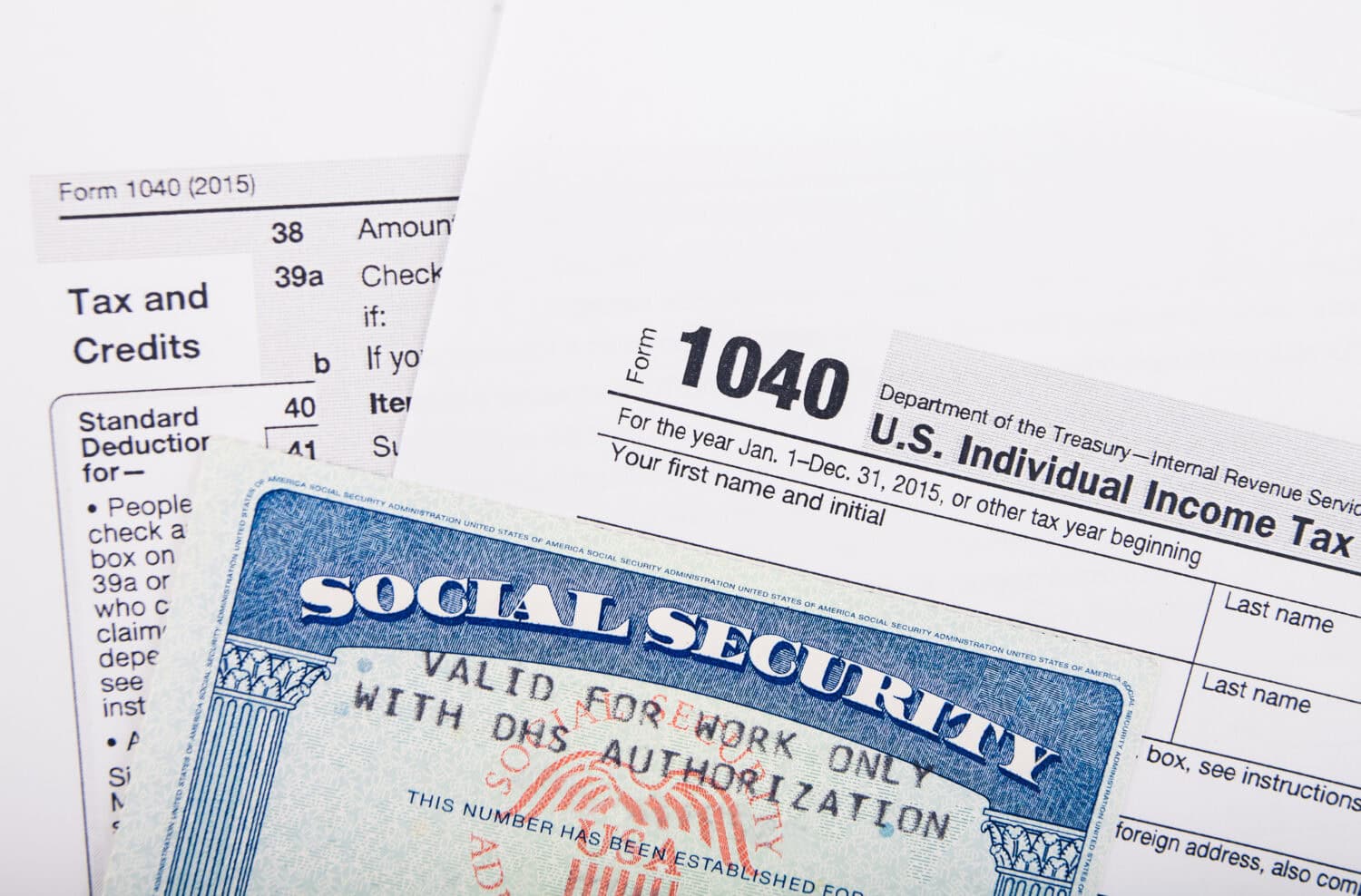
- Source: Internal Revenue System
It’s easy to forget that after you start taking Social Security benefits, you might believe they are not taxed. Unfortunately, Social Security is considered income and is subject to federal income taxes. You can head to this IRS page to learn how much you will pay in taxes.
6. Keep Working

- Source: Social Security Administration
One fast fact worth knowing is that you can continue working while receiving Social Security benefits. However, if you are younger than 62, your benefits could be reduced depending on your earnings. Social Security benefits are reduced by $1 for every $2 in earnings above $23,400 and $1 for every $3 in earnings over $62,160.
5. Highest Earnings

- Source: Social Security Administration
When you retire and start to take Social Security benefits, you should know that the amount you receive is calculated based on your highest earnings over 35 years. If you worked less than 35 years, some years count as $0, reducing your overall benefit payout.
4. Taking Benefits At 62

- Source: Social Security Administration
If you consider taking Social Security at 62, doing so could reduce the total amount you receive by as much as 30%. On the contrary, taking benefits at 70 could increase your benefits by 8% for every year you delay.
3. Average 2025 Benefit

- Source: Social Security Administration
Based on the 2025 Social Security benefit information from the Social Security Administration, the average benefit will be $1,976 monthly. However, this number could jump to $3,089 if you are married to a spouse of a similar age.
2. Sole Income

- Source: Social Security Administration
According to the “Understanding the Benefits” of the Social Security program, it was never designed to be your sole income during retirement. It will only replace around 40% of a worker’s pre-retirement earnings in 2025. As financial advisors recommend, you should have 70-80% of pre-retirement income to live comfortably when retired. This means that in addition to Social Security, you would need another 30-40% of your income from other sources, such as a 401(k), to live the lifestyle you want.
1. Retirement Age

- Source: AARP
One of the most important facts about Social Security is that it’s a myth that the retirement age is 65. The Full Retirement Age (FRA) is 67, and it’s at this age that 100% of the Social Security benefit are payable.
The post 20 Facts About Social Security That Every American Over 60 Needs to Know appeared first on 24/7 Wall St..



